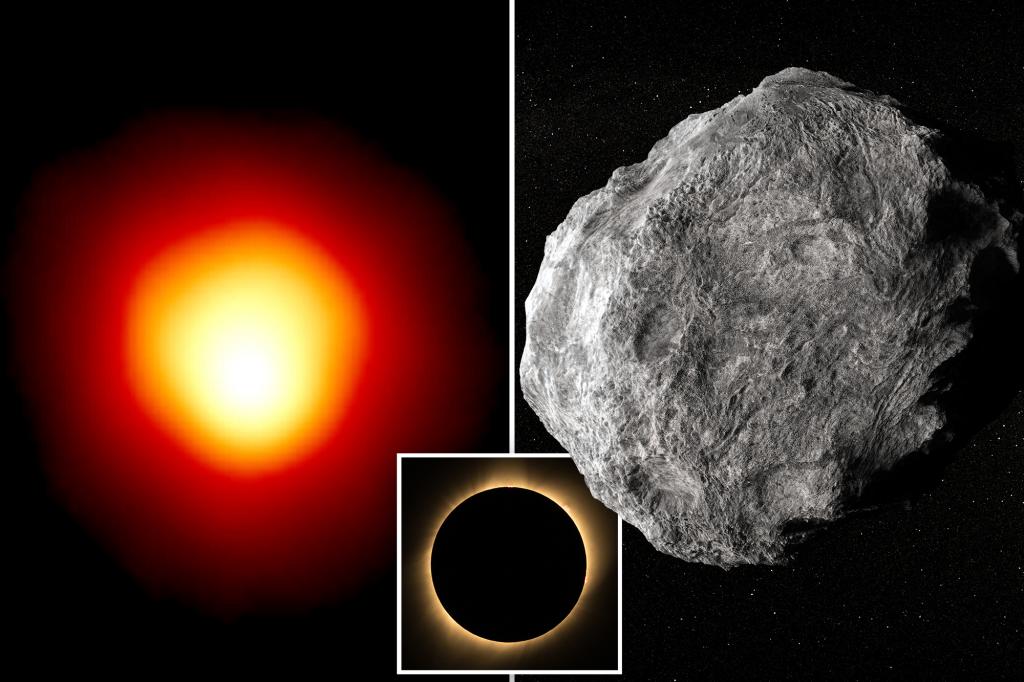One of the biggest and brightest stars in the night sky will disappear for a moment when an asteroid passes in front of it to produce a one-of-a-kind eclipse.
The rare and fleeting spectacle, late Monday into early Tuesday, should be seen by millions along a narrow path from Tajikistan and Armenia in central Asia, through Turkey, Greece, Italy and Spain, to Miami and the Florida Keys and finally , to the Mexican side.
That star is Betelgeuse, a red giant in the constellation Orion.
The asteroid is Leona, a space rock that rotates slowly in the main asteroid belt between Mars and Jupiter.
Astronomers hope to learn more about Betelgeuse and Leona through the eclipse, which is expected to last no longer than 15 seconds.
Binoculars and small telescopes will enhance the view for those who want to catch a glimpse of rare events. Christoph – stock.adobe.com
By observing an eclipse of the fainter star Leona in September, a Spanish-led team recently estimated the asteroid to be about 34 miles wide and 50 miles long.
There is lingering uncertainty about those predictions as well as the size of the star and its vast atmosphere. It is unclear whether the asteroid will obscure the entire star, producing a total eclipse.
Instead, the result can be a “ring of fire” eclipse with a very small border of fire around the star.
Scientists expect Betelgeuse to go supernova in a violent explosion within 100,000 years. Alixandr Marko – stock.adobe.com
If it’s a total eclipse, astronomers aren’t sure how many seconds the star will be completely gone, possibly up to 10 seconds.
“Which scenario we will see is uncertain, making the event even more interesting,” said astronomer Gianluca Masa, founder of the Virtual Telescope Project, which will provide a live webcast from Italy.
Estimated to be 700 light years away, Betelgeuse can be seen with the naked eye.
Binoculars and small telescopes will improve the view. One light year is 5.8 trillion miles.
Betelgeuse is thousands of times brighter than our sun and about 700 times larger.
At just 10 million years old, Betelgeuse is significantly younger than the 4.6 billion year old sun. Mopic – stock.adobe.com Betelgeuse is thousands of times brighter than our sun and about 700 times larger. AP
It is so massive that if it were to replace our sun, it would reach Jupiter, according to NASA.
At just 10 million years old, Betelgeuse is significantly younger than the 4.6 billion year old sun.
Scientists expect Betelgeuse to be short-lived, given its mass and the speed at which it burns through its material.
After centuries of varying brightness, Betelgeuse dimmed dramatically in 2019 when a large mass of surface material was ejected into space.
The resulting dust cloud temporarily blocked the star’s light, NASA said, and within half a year, Betelgeuse was as bright as ever.
Scientists expect Betelgeuse to go supernova in a violent explosion within 100,000 years.
Categories: Trending
Source: thtrangdai.edu.vn/en/



